10 Best Herbal Mucillages For Open Wounds
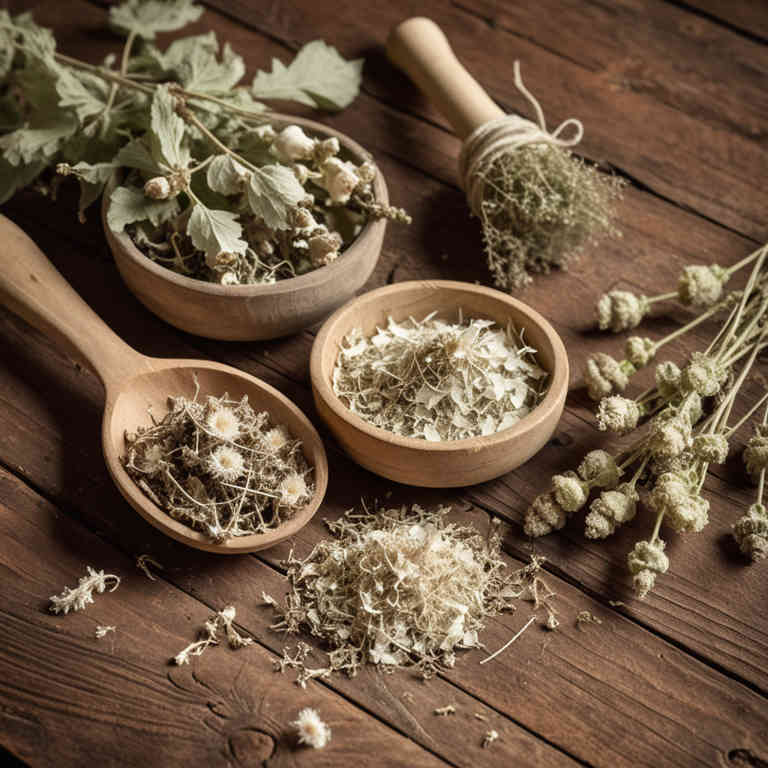
Herbal mucillages, derived from plants such as aloe vera, marshmallow root, and flaxseed, are natural substances known for their soothing and protective properties.
These mucillages form a thick, gel-like layer that can help shield open wounds from infection and irritation. They are often used topically to promote healing by maintaining a moist environment, which is essential for tissue regeneration. Additionally, many herbal mucillages have anti-inflammatory and antimicrobial benefits, making them a popular choice in traditional and complementary medicine.
Due to their gentle nature, they are suitable for sensitive skin and can be used as part of a holistic approach to wound care.
FREE Herb Drying Checklist
How to make sure every batch retains maximum flavor, color, and aroma without the risk of mold or over-drying. Eliminate guesswork and trial-and-error, making herb drying faster, easier, and more efficient every time.
Table of Contents
1. Calendula officinalis
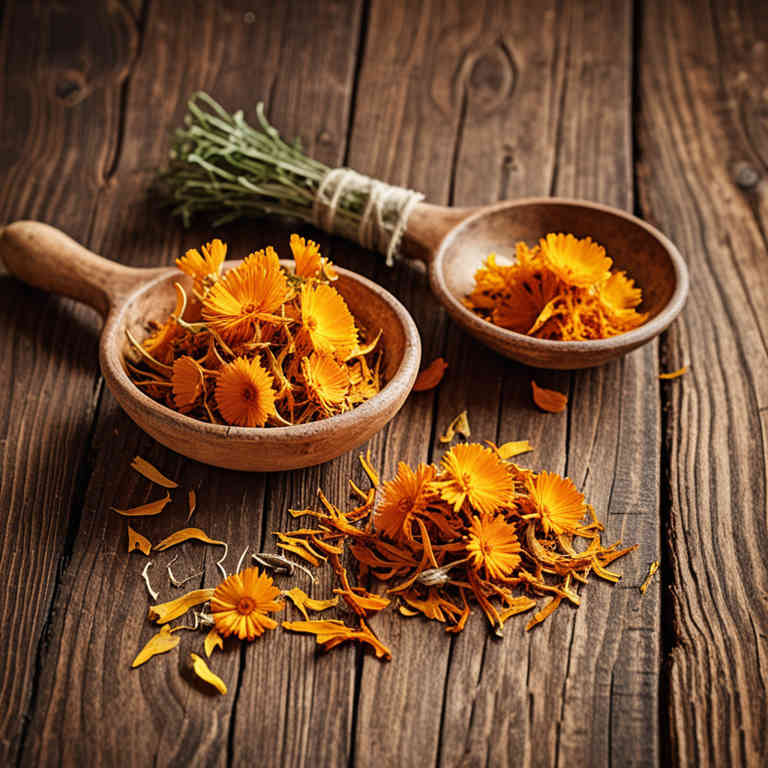
Calendula officinalis, commonly known as pot marigold, contains natural mucillages that have been traditionally used to support the healing of open wounds.
These mucillages form a protective barrier over the wound site, helping to prevent infection and reduce irritation. The soothing properties of calendula mucillages can also alleviate inflammation and promote a more comfortable healing environment. Additionally, the anti-inflammatory and antimicrobial effects of calendula contribute to faster tissue regeneration and improved wound closure.
When applied topically, calendula mucillages provide a hydrating and nourishing effect, aiding in the overall recovery process of damaged skin.
2. Aloe barbadensis
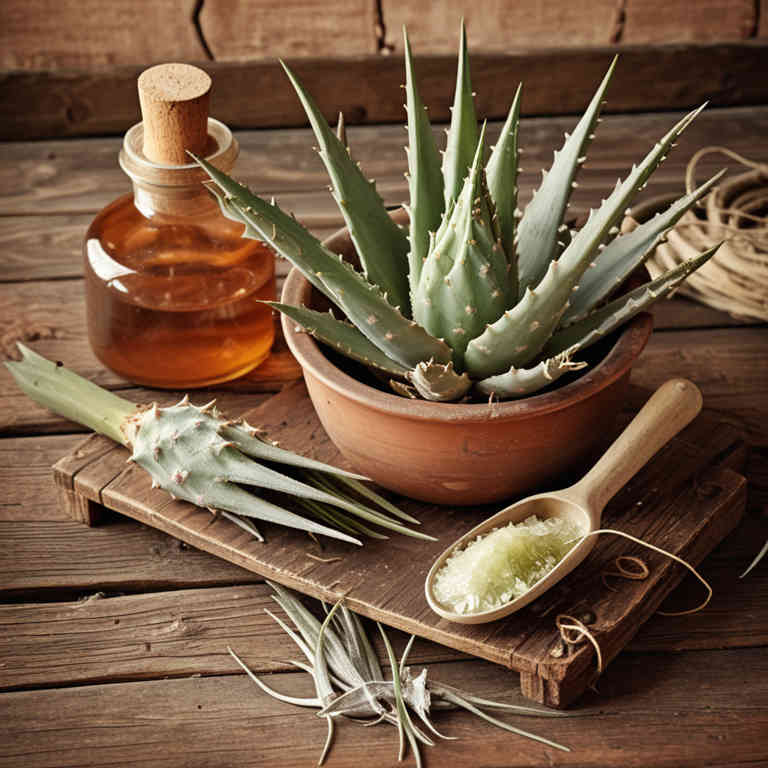
Aloe barbadensis, commonly known as aloe vera, contains mucillages that are rich in polysaccharides, which have demonstrated significant benefits for healing open wounds.
These mucillages form a protective barrier over the wound, helping to prevent infection and reduce moisture loss from the damaged tissue. The anti-inflammatory properties of aloe mucillages can also help to reduce pain and swelling associated with wounds. Additionally, they promote cell regeneration and enhance the body's natural healing processes.
Clinical studies have shown that aloe-based products can accelerate wound closure and improve overall skin recovery.
3. Hypericum perforatum
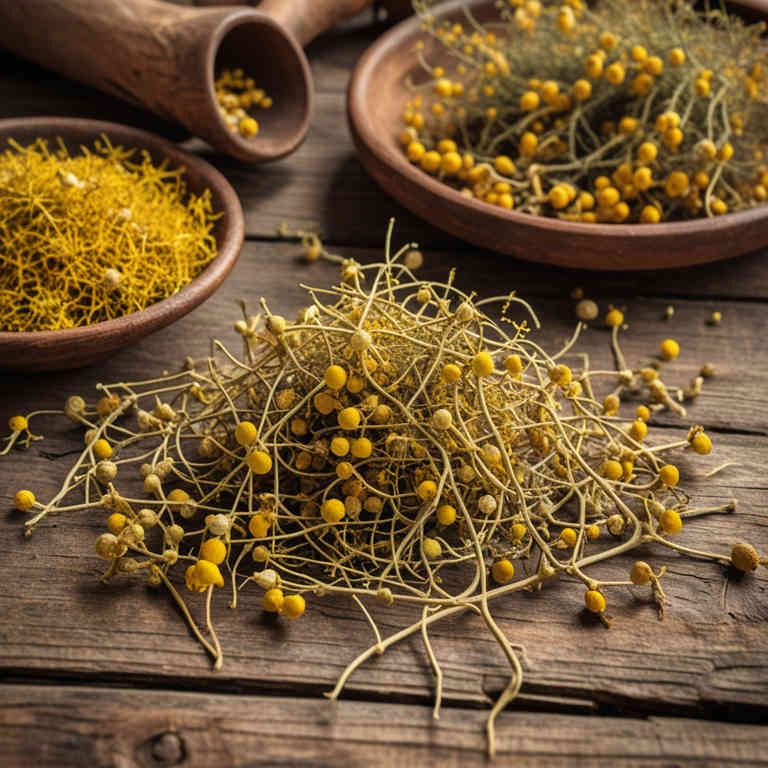
Hypericum perforatum, commonly known as St. John's wort, contains mucillages that have been traditionally used to support the healing of open wounds.
These mucillages are gel-like substances that form a protective layer over the wound site, helping to prevent infection and reduce irritation. The presence of anti-inflammatory and antimicrobial properties in the mucillages may further aid in the wound healing process. While research on its specific effects on wound healing is limited, some studies suggest that the mucillages may enhance tissue regeneration and promote epithelialization.
As a complementary therapy, hypericum perforatum mucillages may be beneficial when used alongside conventional wound care practices.
4. Cnicus benedictus

Cnicus benedictus, also known as blessed weed, contains mucillages that have been traditionally used to support the healing of open wounds.
These mucillages form a protective layer over the wound, helping to absorb excess moisture and prevent infection. The gel-like substance also promotes a moist wound environment, which is essential for optimal tissue regeneration and healing. Additionally, the mucillages may have mild anti-inflammatory and antimicrobial properties that further aid in the recovery process.
When applied topically, Cnicus benedictus mucillages can help reduce pain, speed up healing, and improve the overall condition of the wound.
5. Chamomilla recutita
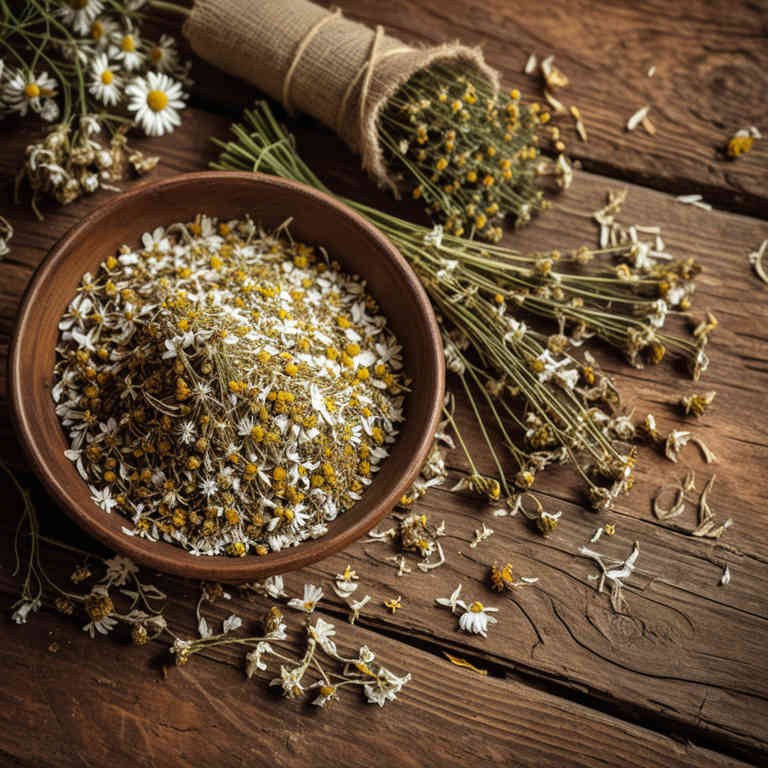
Chamomilla recutita, commonly known as German chamomile, contains mucilage that has been traditionally used for its soothing and protective properties.
The mucilage, a gel-like substance, forms a barrier over open wounds, helping to prevent infection and promote a moist healing environment. This natural component has mild anti-inflammatory and antimicrobial effects, which can aid in reducing redness and irritation during the healing process. When applied topically, chamomile mucilage can provide relief from discomfort and support the skin's natural regeneration.
Its use in wound care highlights the potential of herbal remedies in complementary medical treatments.
6. Sutherlandia frutescens
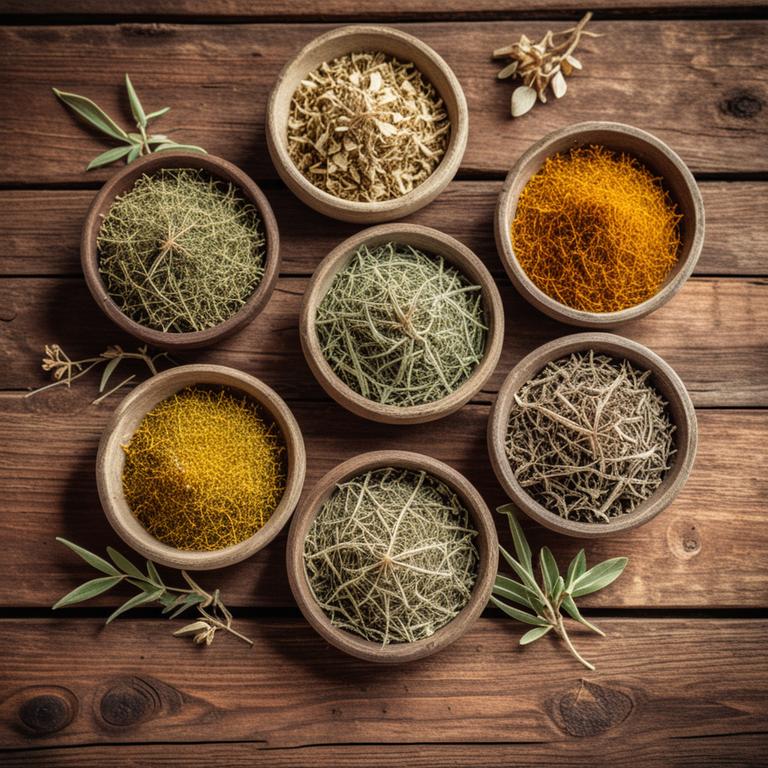
Sutherlandia frutescens, commonly known as "cancer weed," contains mucillages that are traditionally used in herbal medicine to support the healing of open wounds.
These mucillages are rich in polysaccharides, which have demonstrated wound-healing properties by promoting tissue regeneration and reducing inflammation. The gel-like consistency of the mucillages helps to protect the wound from infection and provides a moist environment conducive to healing. When applied topically, Sutherlandia mucillages may enhance cellular repair processes and stimulate the body's natural healing mechanisms.
However, it is important to consult with a healthcare professional before using this herb, especially for severe or chronic wounds.
7. Silybum marianum
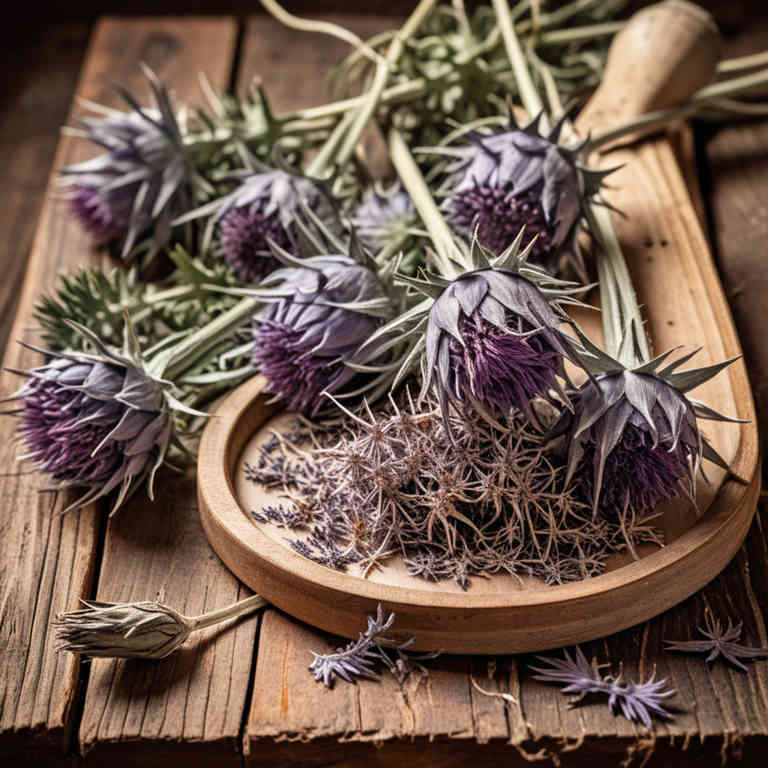
Silybum marianum, commonly known as milk thistle, contains herbal mucillages that have been studied for their potential benefits in wound healing.
These mucillages possess anti-inflammatory and antioxidant properties, which may help reduce inflammation and oxidative stress in open wounds. The mucilage layer can also provide a protective barrier, preventing infection and promoting a moist healing environment. While research is still emerging, preliminary studies suggest that these natural compounds may enhance tissue repair and regeneration.
As a complementary therapy, silybum marianum mucillages may support conventional wound care approaches, though they should not replace medical treatment without professional guidance.
8. Plantago lanceolata
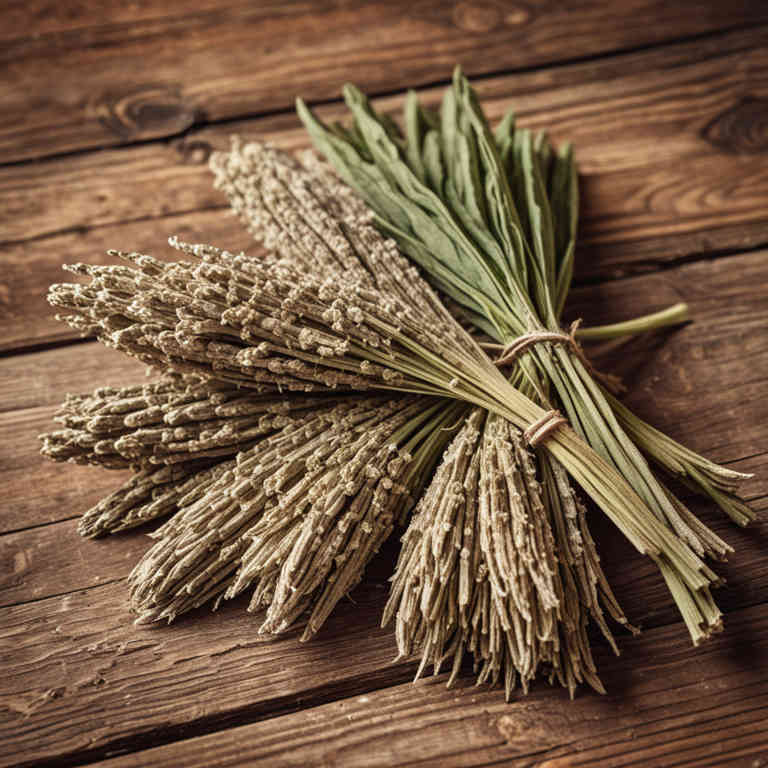
Plantago lanceolata, commonly known as narrow-leaf plantain, contains mucilaginous compounds that have been traditionally used to support wound healing.
These mucillages form a protective layer over open wounds, helping to absorb excess moisture and prevent infection. The gel-like substance also promotes a moist environment, which is essential for optimal tissue regeneration. Studies suggest that the mucilages may have mild anti-inflammatory and antimicrobial properties, further aiding in the healing process.
Overall, Plantago lanceolata is considered a valuable herbal remedy for treating minor cuts, abrasions, and other superficial wounds.
9. Centella asiatica
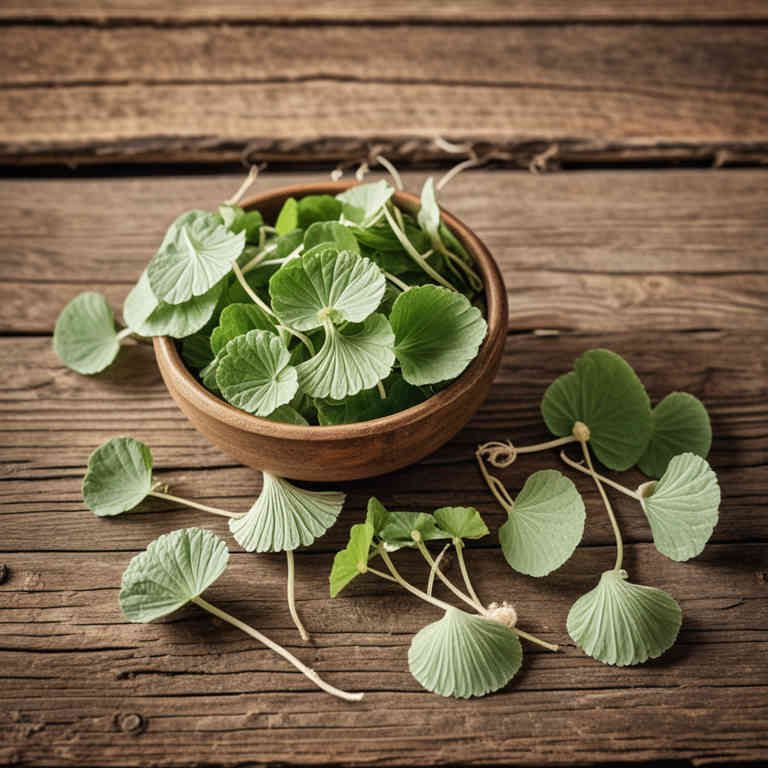
Centella asiatica, also known as gotu kola, contains bioactive mucillages that have been traditionally used to support wound healing.
These mucillages possess anti-inflammatory and antioxidant properties that help reduce swelling and oxidative stress in open wounds. The mucilage forms a protective barrier over the wound site, preventing infection and promoting a moist environment essential for tissue regeneration. Studies suggest that Centella asiatica can accelerate the healing process by stimulating collagen synthesis and enhancing cellular proliferation.
As a natural alternative, its mucillages offer a promising complement to conventional wound care treatments.
10. Symphytum officinale
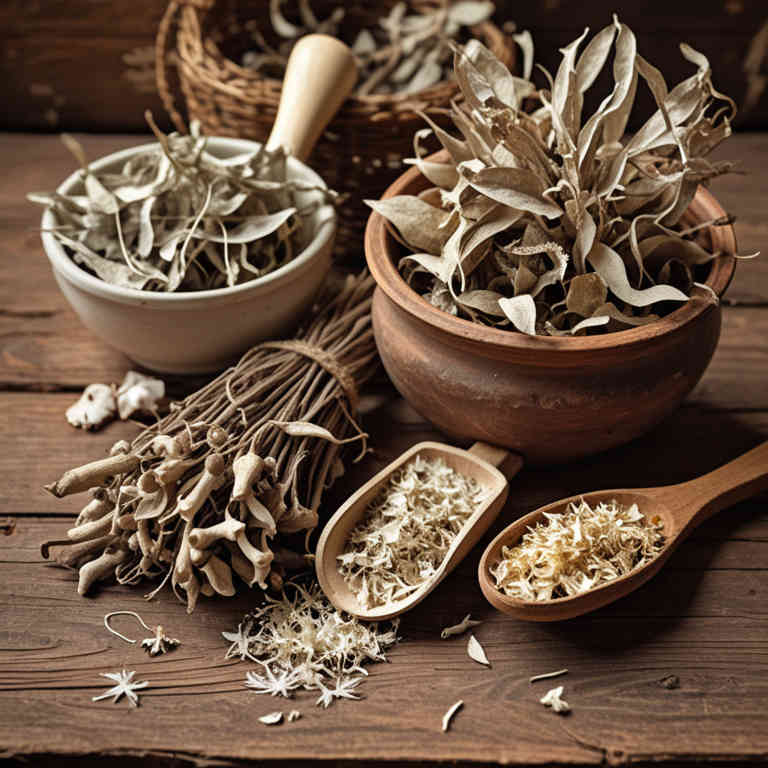
Symphytum officinale, commonly known as comfrey, contains mucillages that have been traditionally used to support the healing of open wounds.
These mucillages form a protective layer over the wound site, helping to retain moisture and create an optimal environment for tissue regeneration. The high concentration of polysaccharides in the mucillages may also promote cell proliferation and reduce inflammation, aiding in the repair process. However, due to the potential for systemic absorption and associated risks, especially with long-term use, it is important to use comfrey mucillages under medical supervision.
Despite these precautions, when applied topically and appropriately, comfrey mucillages can be a beneficial natural remedy for wound healing.